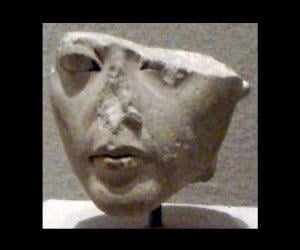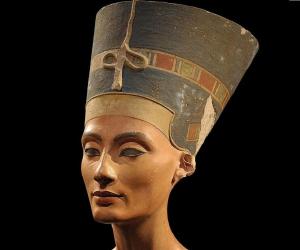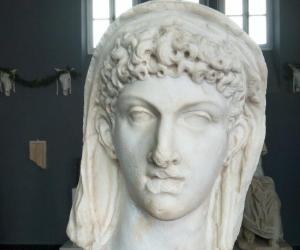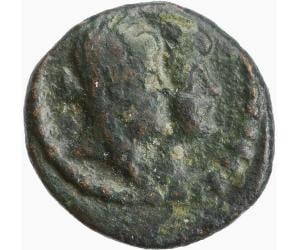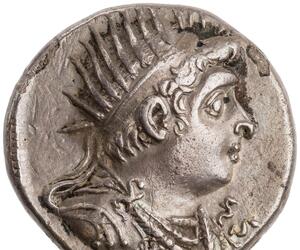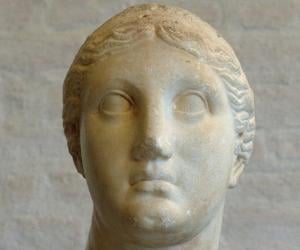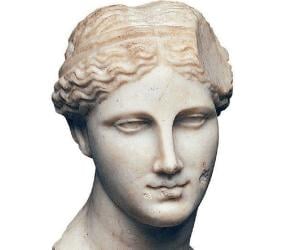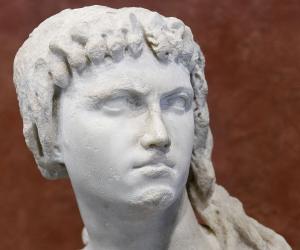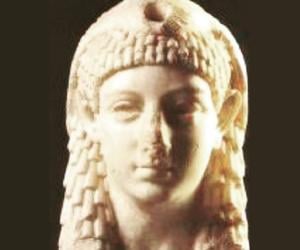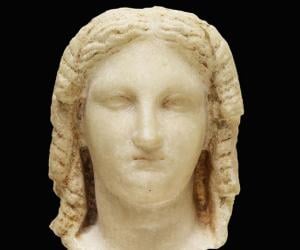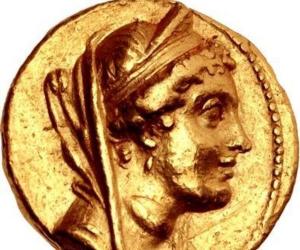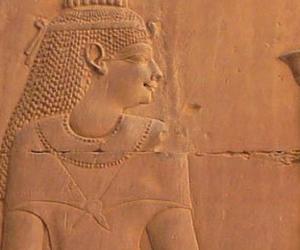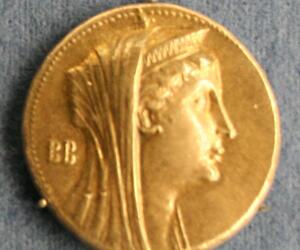1
Fawzia Fuad of Egypt
(Queen)

19
3
Birthdate: November 5, 1921
Sun Sign: Scorpio
Birthplace: Alexandria, Egypt
Died: July 2, 2013
Fawzia Fuad of Egypt was an Egyptian princess who became Queen of Iran as the first wife of Mohammad Reza Pahlavi, Shah of Iran. Her marriage to the Iranian Crown Prince was a political move that solidified Egyptian power in the Middle East and brought respectability to the new Iranian regime. After obtaining an Egyptian divorce, she lived in isolation post the 1952 Egyptian revolution. Fawzia later married an Egyptian diplomat and had two children. She never published her memories of the courts of Iran and Egypt.
